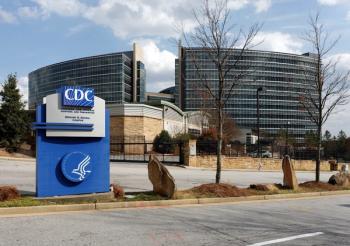
Primary care doctors could see scope of care decline with rise of retail clinics
As retail clinics expand their care beyond low-acuity conditions, the greater threat they pose to existing primary care practices, according to an article in the Journal of the American Medical Association.
Ateev Mehrotra, MDAs
"Primary care practitioners risk a slow but steady decline in their scope of care if they do not offer a viable alternative to these new convenient care options," writes
To some extent, retail clinics' further encroachment into what has traditionally been primary care's territory is already happening. Earlier this year, Walgreen's announced a foray into
Walgreen's move didn't please the American Academy of Family Physicians (AAFP). “Our healthcare system is already fragmented, and our concern is that the expansion of retail clinics into chronic care will lower quality, increase costs, and pose a risk to patients’ long-term health outcomes,” Jeffrey Cain, MD, the AAFP's president said at the time.
It's undeniable that what Mehrotra calls "the convenience care revolution" is spreading. Retail clinic visits increased four-fold between 2007 and 2009 and now account for almost 6 million annual visits, he notes.
This popularity of retail clinics - and similar alternatives like urgent-care clinics and employer-based clinics - indicates that these convenient options are filling an unmet need. Previously, patients didn't have many alternatives to seeking basic care from primary care providers aside from the emergency department, Mehrotra writes.
Now, the alternative to traditional primary care providers has become big business, and that hasn't been lost on big business. At least one chain of retail clinics is backed by a venture capital firm. With 50 million annual visits at approximately $100 each, convenience care potentially represents a $5 billion annual market, Mehrotra notes.
And to the extent that retail clinics are able to capture more of that market for low-acuity visits, it could take business away from traditional primary care practices.
"The loss of revenue from treating low-acuity conditions could lead to increased financial pressure on primary care practitioners and emergency departments," Mehrotra says.
So what's a primary care practice to do? In a phone interview, Mehrotra offered three possible measures primary care practices could take to keep pace with the convenience care revolution.
- Offer same-day appointments
- Offer online visits
- Open up a nearby retail clinic and refer low-acuity visits there
"All of these are mechanisms to address the same thing: Most patients have a preference of going to a primary care physician, but that appointment has to be timely or they'll go someplace else," Mehrotra says.
Subscribe to Medical Economics'
Newsletter
Stay informed and empowered with Medical Economics enewsletter, delivering expert insights, financial strategies, practice management tips and technology trends — tailored for today’s physicians.
















